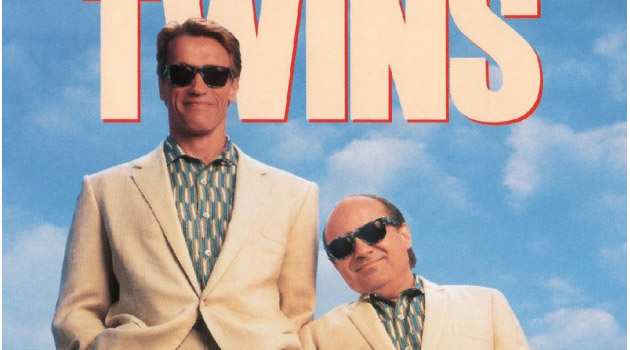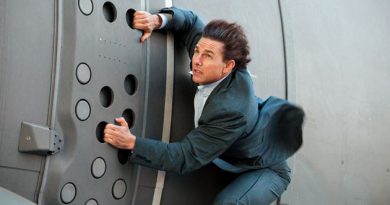The Strange Phenomenon of ‘Twin Films’

Sometimes a story is so good, you just have to tell it twice.
This seems to be particularly true in Hollywood, the landscape of which is littered with examples of “twin films” – two movies that are not only about the same thing, but are often released around the same time.
The Mercy, which came out in February and starred Colin Firth, told the true story of Donald Crowhurst, an amateur British sailor who joined a round-the-world yacht race in 1968.
Literally out of his depth, he attempted to cheat using falsified navigation logs before mysteriously disappearing from his vessel.
The story was so extraordinary that two different directors – James Marsh and Simon Rumley – thought it worth making a film about. So both did.
StudioCanal, who already had Firth’s film in development, avoided a slightly awkward situation by buying the rights to the other one as well.
“It’s a bit of a unique situation,” said Mike Riley, producer of Rumley’s Crowhurst. “There’s two films – two very different films – about the same thing.”
Except it’s not unique at all. In fact, it happens surprisingly frequently.
Keith Simanton, senior film editor at IMDb, says that twin films often come about because of genuine coincidence.
“I bet if you went out right now you could find two, three or more scripts which are about the same thing and haven’t been made,” he tells BBC News.
“For example, we went a long stretch without any movies about Dunkirk. Yet in 2017 we had two major features about it – Darkest Hour and Dunkirk.
“Then there are instances where creative types get put together and they click, and even though the exact movie they coalesced for doesn’t get made, they stick together and make something vaguely familiar.
“For example, Mark Wahlberg and Will Ferrell were brought together for the action-buddy cop flick that eventually became Cop Out. They ended up not starring in that film but moved on to a different studio with a different script, but with the same feeling, called The Other Guys.”
According to Simanton, though, one of the most frequent reasons for the twin film phenomenon is what he calls “first to market”.
“For example, a studio knows Dwayne Johnson is making a Hercules movie, and they go ‘Hey, we have the rights to this other script to another Hercules movie, and the legend of Hercules is in the public domain.’
“‘Wouldn’t it be great if we could get ours out before they do?'”
Ironically, though, being last to market with an idea is sometimes the best bet. This happened in the late 1980s when a plethora of films about age-switching were released.
“First there was Like Father Like Son, starring Dudley Moore, then Vice Versa with Judge Reinhold, and then 18 Again with George Burns,” Simanton says.
“The last to come out was Big, starring Tom Hanks. And that’s the one that made over $100m [£71m] at the box office, and Penny Marshall became the first woman director to achieve that milestone.
“Theoretically, Big shouldn’t have made any money. There had been three others that had come out before it with basically the same idea, but the last one was the best.”
Courtesy : BBC
Photo : Siliconangle.com
[social_warfare buttons=”Facebook,Pinterest,LinkedIn,Twitter,Total”]



